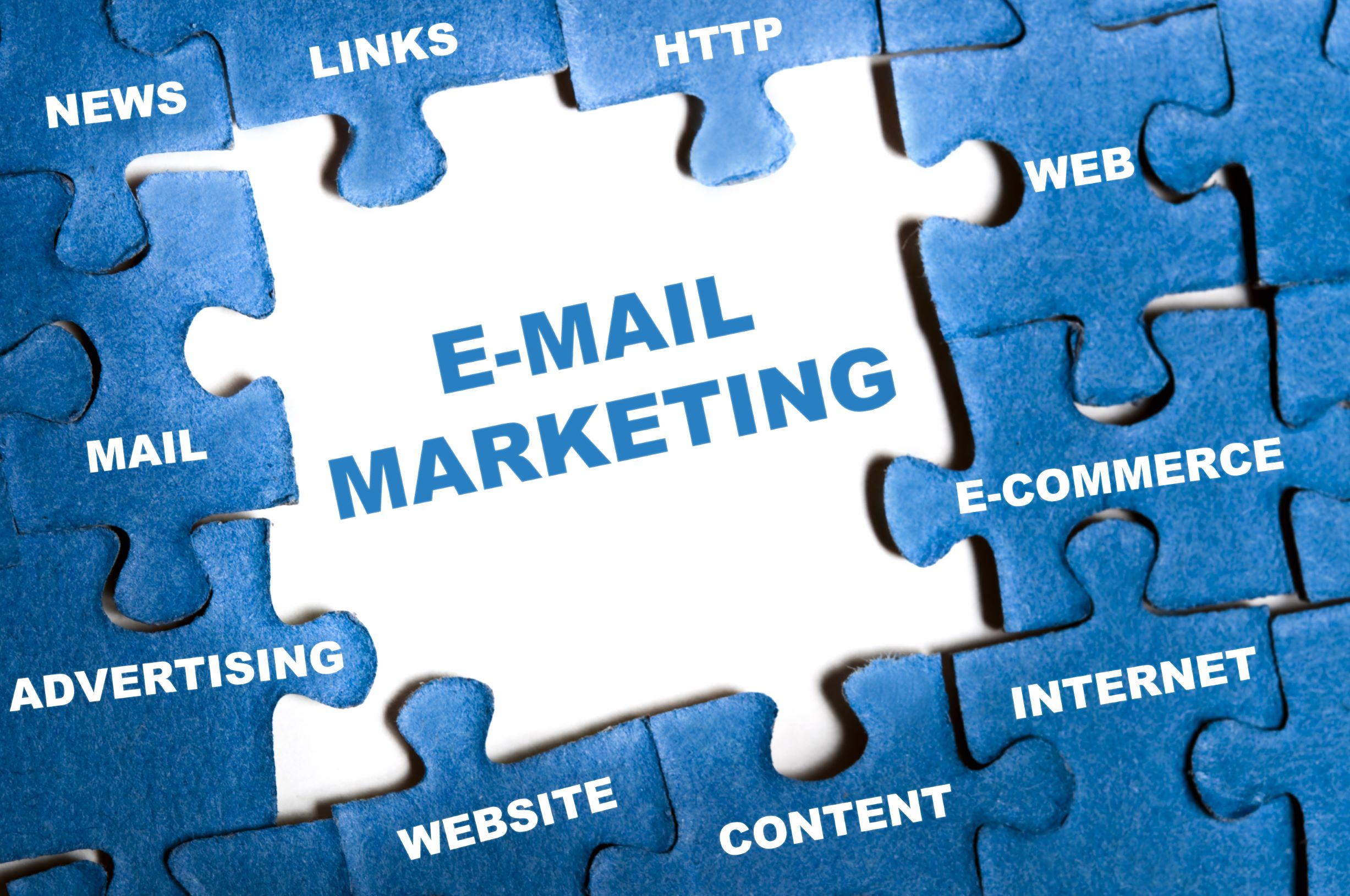
Email marketing is a great way to generate leads and sales for your business. It’s one of the most cost-effective ways to do so, too! In this blog post, we’ll go over everything you need to know about email marketing: how it works, best practices for successful campaigns, and more.
Table of Contents
How does email marketing work?
Email marketing is the process of using email to generate leads and sales for your business.
Let’s dive into how it all works:
- You create an email campaign that targets potential customers in specific demographic or geographic locations, based on the information they provide when signing up for a newsletter.
- Then send the emails out to your list.
- The email campaign typically includes three steps: introduction, offer, and conclusion. The goal is to get them to take some sort of desired action (like making a purchase).
The best email marketing campaigns are personalized for each recipient. So send messages that speak directly to different people’s needs or interests. One way you can do this is by using segmentation variables like age range or job title. This will ensure that every person on your customer list gets an individualized experience! You should also include CTAs in most emails you send out. It’ll help customers feel more connected to what they’re reading and entice them into taking the next step. For example, if someone clicks on a link about all the ways they can use your product, you might want to include a signup form for their email address.
When to Use Email Marketing
There are many ways to use email marketing:
- You can send out a monthly newsletter to your customer list, highlighting the new products you’ve developed and what’s happening in-store. Customers who might not be able to make it to your brick-and-mortar location will still get an update on how things are going!
- Use email campaigns for specific events or deals that only last a short time. This is especially helpful when trying to build hype around upcoming sales by giving people a fair warning. They’ll know ahead of time so they can save their money/time accordingly.
- Send personalized emails with product recommendations based on previous purchases (e.g., if someone bought two pairs of shoes from you recently, offer them a discount code for 20% off their next purchase).
- Create a “sales” email that offers a special discount for an upcoming event or promotion, and send it to everyone on your list. This is especially effective if you plan ahead! For example, say the big sale starts in one week – create this email at least two weeks before so customers have some time to make their purchase decision.
- Make emails personal by asking questions about what products they’re interested in and tailoring promotions based on those interests. It’s not always necessary to be pushy; just making sure people know of new deals can work wonders with building loyalty.
Email Marketing Benefits
Email marketing has many benefits: it’s easier to track open rates, ROI and other metrics. But one of the biggest perks is that it allows you to stay in contact with your entire customer base on a regular basis without being too pushy or annoying.
- It’s easy to create email campaigns that are personalized based on each individual user. This leads to more conversions!
- You can send out prewritten “sales” emails (like what we mentioned above) at specific times during peak shopping seasons like Black Friday, Prime Day etc., which gives customers an excuse to purchase now instead of later when prices could be higher
- It won’t take up much time. Just make sure you’re monitoring deliverability and keeping all of your email content fresh and looking good
- Your competitors might be using it, too. So make sure you’re not leaving them behind!
Getting Started with Email Marketing
Create an Email Marketing Strategy
1. Define Your Target Audience
It’s important that you have a clear idea of who your audience is and what they need from you before starting your email marketing campaign.
You want to be able to speak directly to the needs of your audience. So it’s important that you do a bit of research on who exactly this group consists of. This will allow for more effective content creation because certain keywords or phrases used in emails can resonate with these people better than others.
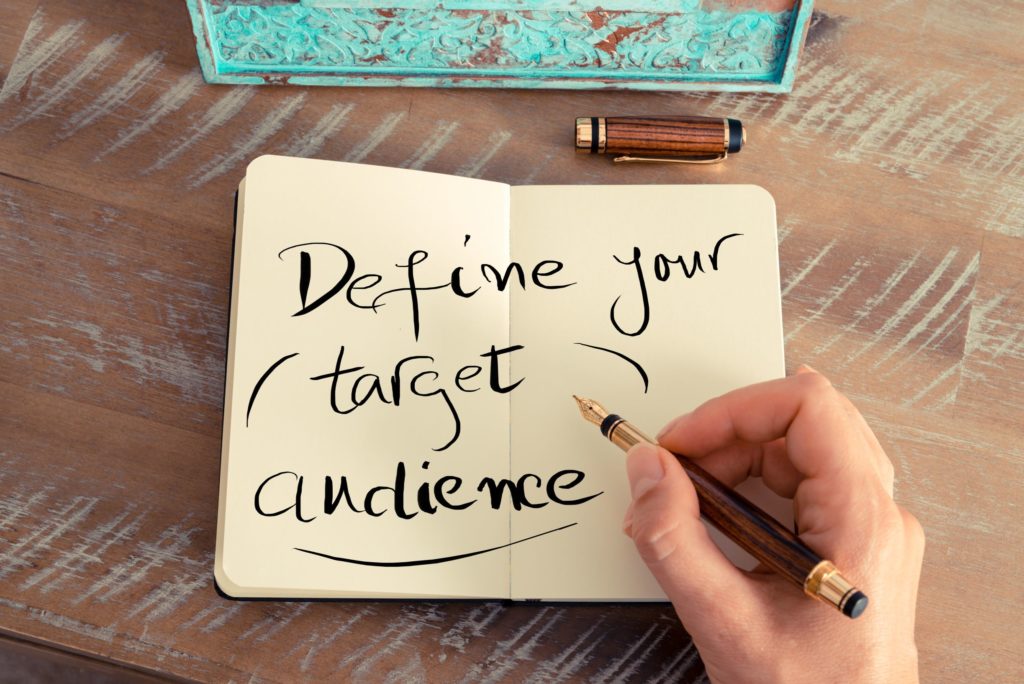 2. Establish Your Goals
2. Establish Your Goals
What’s the goal? Is it more about awareness, generating leads, or sales? It doesn’t matter if they’re not all mutually exclusive – as long as you have a strategy in place!
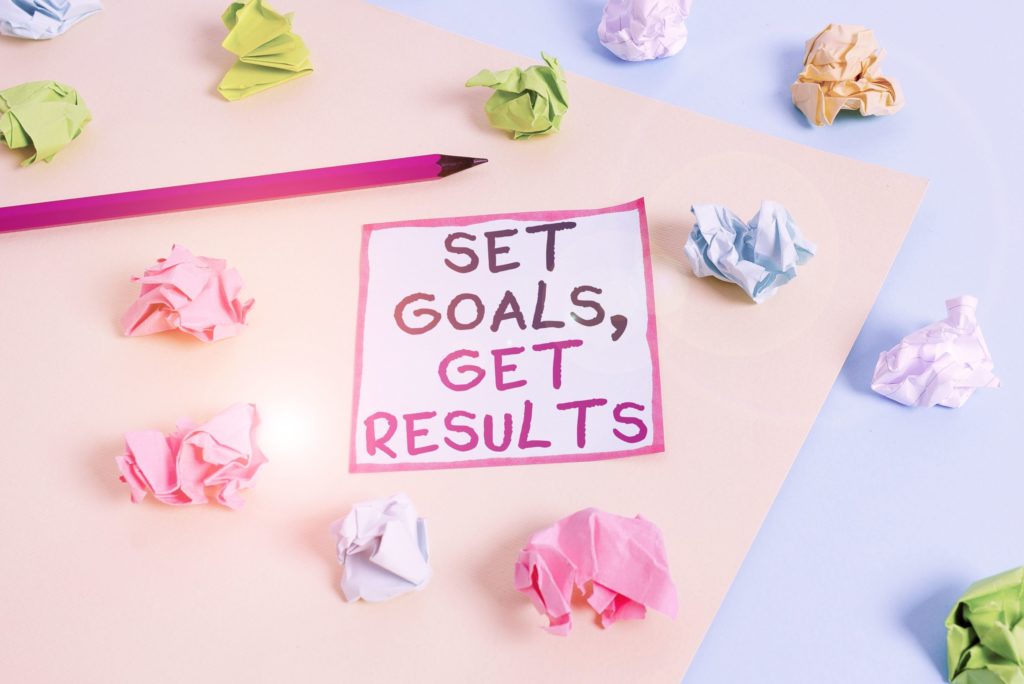 3. Create a Way for People to Sign Up
3. Create a Way for People to Sign Up
Before you can send emails, you’ve got to have an email list first. Otherwise, you’ll be wasting your time writing emails that nobody will read. So, building an email list is a crucial first step in the email marketing process.
Include an “opt-in by email” call to action on your website and you’ll be able to collect emails over time for future email campaigns! A good way is through social media, too. So if you’re active there, include links that connect people to their email sign-up forms either at the top or bottom of posts or tweets.
4. Choose an Email Campaign Type
There are many types of email campaigns, each with its own benefits and drawbacks. It’s important to choose the right type of email campaign for your goal.
- Newsletters: General updates or announcements about a topic, usually sent on a weekly basis
- Promotional Emails: These emails are meant to encourage someone to purchase something from you, such as an item from your online store
- Transactional Emails: These emails are transactional which means that they’re used to confirm purchases and other services like booking travel tickets. This is different than promotional emails because it has nothing to do with sales. These types of messages should be especially timely so people don’t forget what they’ve purchased!
5. Set a Schedule
After choosing the type of campaign you want, think about when you should be sending your emails. Setting a schedule for your campaign will help you be organized and make sure that people are getting the best experience possible.
6. Measure Your Results
In email marketing, measuring your results is crucial to your success. You need to know which emails are performing well and how many people opened the email, clicked on links inside it, added items to their cart, or even purchased a product because of that email. This will allow you to make better decisions in future campaigns so you can improve your results!
How to Build Your Email List
1. Use lead magnets.
Many people can’t be bothered with sign-up forms… unless you persuade them with a fantastic lead magnet. A lead magnet is something that your audience wants that you can exchange for their email addresses.
Here are a few types of lead magnets you can offer:
- Ebook
- Whitepaper
- Infographic
- Report or Study
- Checklist
- Template
- Webinar or Course
The best lead magnets are those that give the reader instant access to something they want, but don’t have time to find elsewhere. . . and it’s even better if what they get is exclusive! You’ll also see improved sign-up conversion rates when people request things like badges from conferences, tickets from festivals, or other items with limited availability. And remember… just because somebody signed up for one email list doesn’t mean they won’t be interested in signing up for another.
 How to Create a Great Lead Magnet
How to Create a Great Lead Magnet
Make your offer solution-oriented and actionable.
Give a solution to a problem that your target audience will care about. What are they struggling with?
What steps can you take to help them out?
Keep it practical by giving readers something they can use right away – like an ebook, checklist, or guide. Be sure to also give people the opportunity to connect with you via email so that later down the line when they’re ready for more advice. They’ll be happy to hear from you again and stay engaged in your offerings.
Ensure that the asset is easy to consume.
Make your lead magnet something that is easy to consume and digest.
Break it up into parts, like an ebook in chapters or a checklist broken down by steps for the reader to follow. This will keep your readers engaged longer as they learn more about what you have to offer them.
Include images when possible so people know exactly what’s going on with each step of your lead magnet strategy. This way there are no surprises and everyone feels confident moving forward with their decision.
Keep it short but sweet: You don’t want anyone reading past the point where they find out how much time was required for consumption.
Create your offer with future content in mind.
When you have your future content in mind, you can tailor your offer to match it.
If you’re going to be releasing a new blog post, for example, whether or not the reader subscribes is less of an issue as long as they know when and where their next piece of content will come from.
Treat your lead magnet as a stepping stone to your paid solution.
Before you get to sell anything to anyone, many times you have to encourage your prospects to trust you by offering something for free. This is your lead magnet. But it’s meant to provide value and show your expertise. So when you try to sell your paid solution, they are buying from you because of the time, value, and expertise that you’ve already given.
Create offers that are relevant to each stage of the buyer’s journey.
Each of your prospects will be at a different stage of the buyer’s journey. You need to provide offers that will match their needs and wants at each of these different stages. You can segment your email list into stages. For example:
- Awareness stage (learning about a problem)
- Consideration stage (considering solutions to the problem)
- Purchase decision stage
Each of these will require different offers with appropriate messaging, calls to action, and pricing.
It’s important not to make your lead magnet too relevant to one specific point in the buyer’s journey because then it won’t be valuable at other points on that journey either. You want people who are just learning about your product or service but aren’t ready for purchase yet, as well as those who have already purchased from you before and need assistance with using what they’ve bought more effectively. The best offer is one that can provide value every time the buyer needs it.
2. Create an enticing opt-in form.
Create an attractive design and attention-grabbing header.
Your opt-in form should grab your readers’ attention and make them want to subscribe. It should be as easy as possible for your reader to take action.
- Your opt-in form should have a clear call to action that is visually prominent, such as “Start my free trial” or “Subscribe now.”
- A simple clickable icon can also act like the button on an advertisement so it’s not necessary to use text – just put the link in the email body if you’re following best practices.
- Ask for personal information only when absolutely required (e.g., newsletter signups). You don’t need their phone number, zip code, gender, etc. unless they are getting something personalized from your service provider like a birthday card with their name on it.
- Whenever possible, place your email opt-in form right underneath the content you want to promote. Your readers are likely scanning for that link and they’ll be very happy with the easily clickable icon if their eyes find it in a split second.
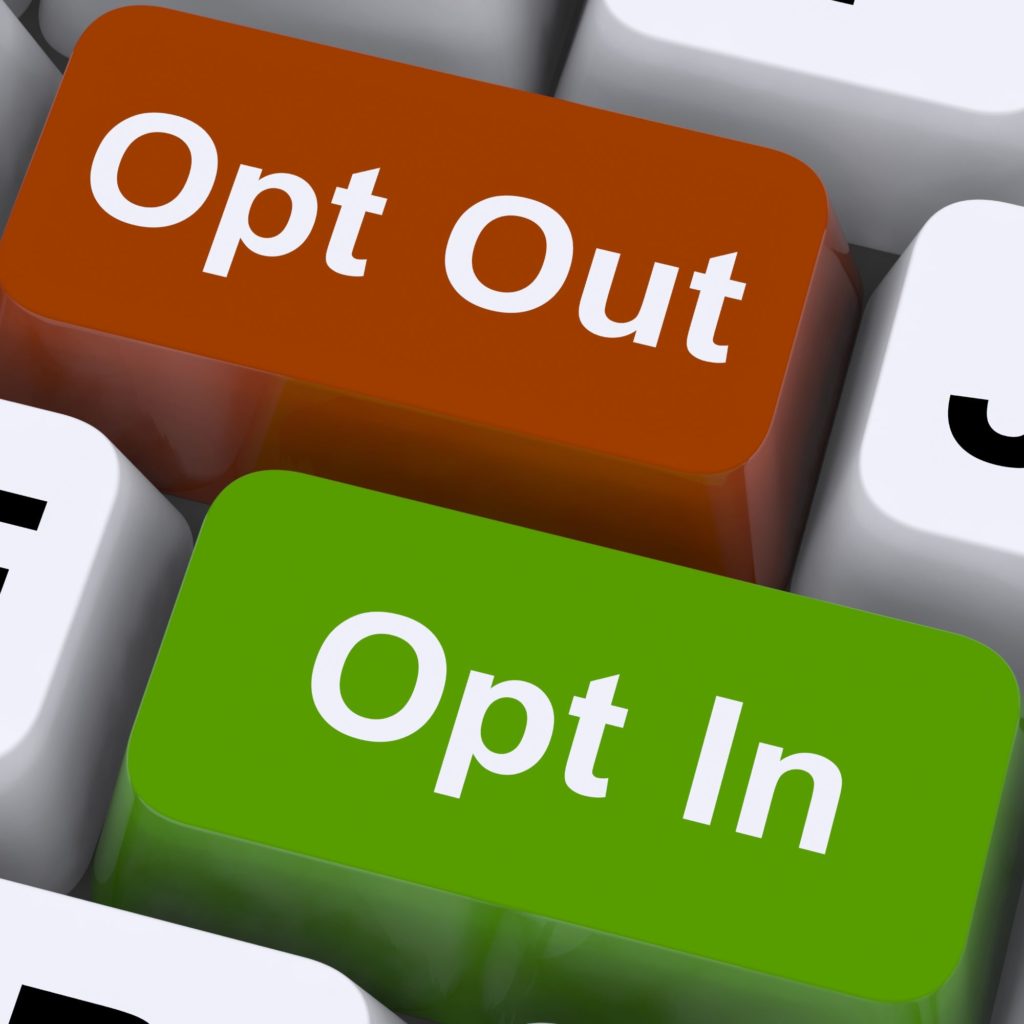 Make the copy relevant to the offer.
Make the copy relevant to the offer.
Don’t just create a lead magnet that would just get your prospect’s attention. Target the lead magnet to their specific needs.
Don’t give them what they want, but instead make your copy about a solution for their problem or an answer to one of their questions.
Keep the form simple.
Time is of the essence. You need to be able to collect their information and get them started in as few steps as possible.
Don’t make your form too long or complicated, but instead keep it short and sweet with the bare necessities for registration.
Getting your prospect’s first name and email address is standard.
Ensure that the flow works.
Test it first. You want to make sure that the form is easy for them to fill out, and you also don’t want it difficult for you.
That means testing your email marketing campaign before sending it off.
You can test by creating a dummy account or just checking how everything looks in the actual inbox on their device.
This will ensure the best experience for both of you.
How to Send Marketing Emails
1. Choose an email marketing service.
Choosing an email marketing service is a crucial first step.
There are many email marketing services that you can use, but we recommend Mailchimp because it’s the best for beginners and offers an affordable package.
Mailchimp offers a free email address that you can use for your campaign. That means that the service is completely free, as long as you don’t exceed 12,000 emails per month.
Mailchimp also offers templates so you can create an email quickly and easily without needing any design skills or coding knowledge. You just need to know where the information needs to go in order to send out a successful marketing email.
You’ll be able to choose different colors, fonts, and more when designing your template with Mailchimp’s editor tools – making it easy for beginners! If none of these features work well for you then they have many other options available on their website too (free account required).
For advanced users, there are plenty of additional features like A/B testing, scheduled emails, and even the ability to create your own HTML email.
2. Use email marketing tips.
Following an email structure will help you stay organized and productive when sending emails. We recommend a subject line that is creative, brief, and descriptive of the email’s content in order to catch your reader’s attention which will make them more likely to read the body text. You can also use HTML or links if you want to include pictures or other interactive elements within your email.
Once you’ve written the email there are two ways to send it:
Regular sends – When some recipients have an active connection while others don’t have any (think cell phone vs desktop) these messages may not be received correctly so we would suggest using this option sparingly!
Automatic sends – This option allows every recipient on your list to get their message sent at once with no delays between connections being lost.
3. Implement email segmentation.
Email segmentation is the ability to target your email messages based on the interests of recipients. This is important because you’ll be able to send specific types of content that are tailored for a particular type of recipient, like highlighting new products and special offers just for them!
 Why should you segment your email list?
Why should you segment your email list?
Segmenting your email list is all about giving your subscribers more of what they want, as opposed to the same thing everyone else gets. Every email should treat your subscribers differently based on what they signed up for, because the more relevant you are to them, the higher your engagement rates will be.
Segmenting by things like geographic location and interests helps ensure that subscribers get notifications about topics they’re actually interested in, so feel free to explore our options below!
If you want to segment by something other than what they signed up for (like if someone subscribed with “Wine Enthusiast” as an interest but you’d rather send them information about beer instead), then it would have to go back through our developer team so we can set everything internally.
How to Segment Email Lists
The first step in segmentation is to make sure you’re taking advantage of the list options!
When you first created your list, we asked for a few specific details to help us figure out who should receive emails from that particular group. For example, if someone signed up with “Wine Enthusiast” as an interest but now wants updates about beer instead, then it would need to go back through our developer team so we can set everything internally.
The second step in segmentation is to make sure you’re using the right list for your message type! This will differ depending on the kind of content you’re sending out, but there are some best practices we always recommend following:
- Don’t send transactional emails (e.g., order confirmations, password resets) to a promotional list – that’s spam and it’ll get blocked by most email clients like Gmail and Outlook
- On the other hand, if someone subscribes to our blog updates about new wines from all over the world, it’s perfectly ok to email them about a new wine they may have missed out on!
- The best practice is to set up different lists for each type of content and segment your customers by the list which most closely aligns with their interests.
The third step in segmentation is identifying who will see what message when. This might seem complicated but really all that needs to happen here is for you to think about who your target audience is. If you’re a wine tasting tour company then your message would need to be more focused on things like “Learn how to taste wine” for example, or if that’s not what you offer, maybe it will make sense for them to see information about the best wines of 2018 instead.
4. Personalize your email marketing.
There are many benefits to personalizing your email marketing messages. Customers are more likely to engage with your message when they feel like it was designed specifically for them, and personalization also helps you improve the deliverability of your email by providing relevant information that is most effective at garnering a response from each individual customer.
Personalizing emails means using data such as name, gender, geographic location, or purchase history on an individual level so that which content someone will receive in their inbox can be tailored according to what is most appropriate for them – either because they have shown interest in particular topics before or because it won’t offer value based on their current situation (such as if they live far away from where you do business).
It’s important to only include demographic details about people who’ve explicitly agreed to share their personal information – such as if someone subscribes to your email newsletter.
The more relevant the content is to them and the more engaging it is in terms of aesthetics or tone a person finds enjoyable, the higher chance they’ll have of reading what’s being sent out and maybe even taking action based on what was said in the message.
5. Incorporate email marketing automation.
Automation is the key to success with email marketing. This is because it’s much more difficult for people to remember when they want or should open an email that was sent out versus one that automatically opens in their inbox at a specific time interval.
There are many different ways you can set up automation, like setting up certain emails to be sent out on the days and times of your choosing – either daily, weekly, monthly, etc., sending messages based on customer behavior such as last purchase date or website activity, and including content from external sources within each message so there will always be fresh material coming through.
Autoresponders
An autoresponder is a type of email marketing that automatically sends out messages to a list of predefined contacts. Autoresponders are generally used for sending specific types of content, such as newsletters or updates on new products and services.
These automated messages can be sent in response to actions taken by the contact (such as their last purchase date) or at predetermined intervals set up by you – either daily, weekly, monthly etc. A good way to send an autoresponse is with information about your latest product release so it remains fresh in your customer’s inboxes!
Autoresponders also offer more flexibility than ever before when responding back-and-forth with customers via email since they allow you to customize the text per message while still retaining a global template.
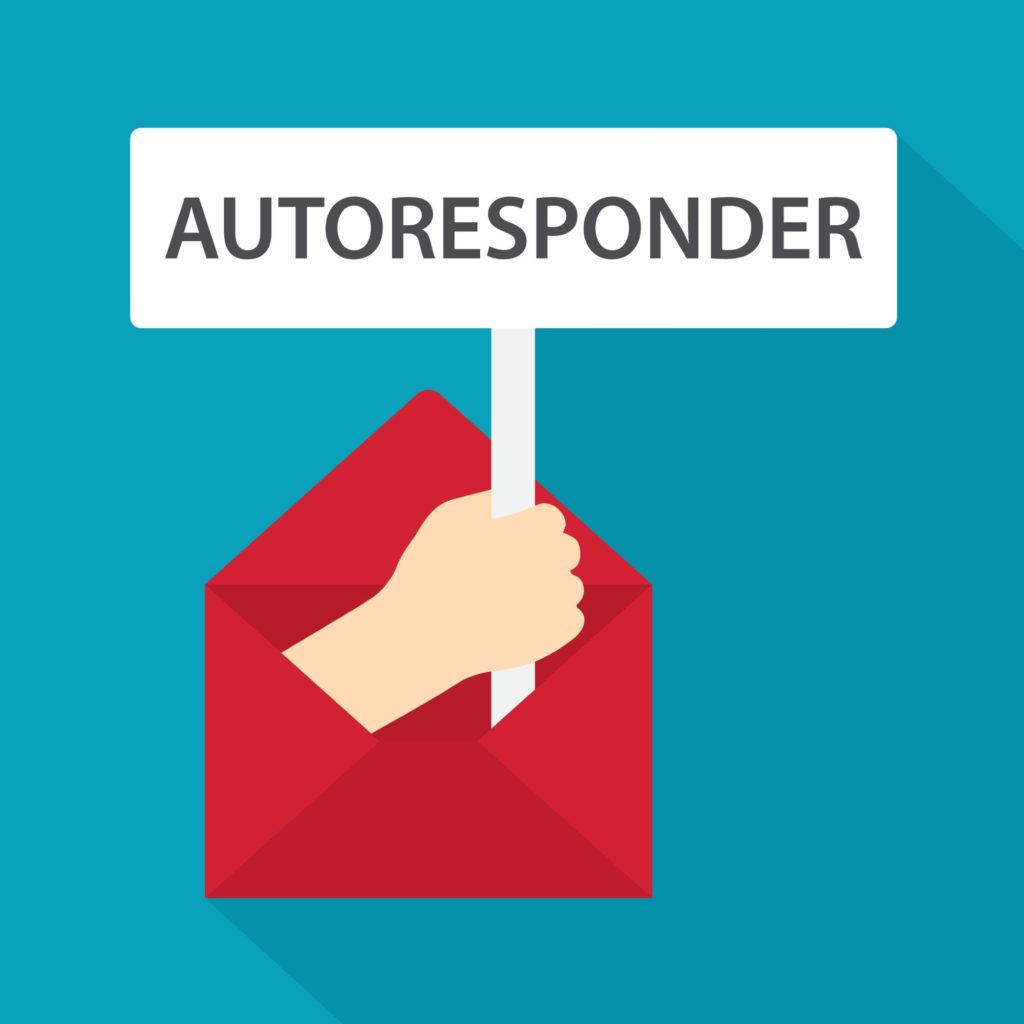 Workflows
Workflows
In email marketing, workflows are the steps you take to get from your email list of contacts to an engaged and willing subscriber.
You need to build a workflow that starts with the smallest possible ask (sign-up) and scales up in commitment levels until the customer is ready for purchase or conversion.
Some examples are creating a sign-up form on your website, sending out introductory emails about your product/service offerings, asking customers what they want most from their relationship with you, giving them exclusive offers when buying other products etc.
This may sound like hard work but really all it does is send us back to the basics: A good funnel process will help keep new leads coming in at one end while quality prospects convert into loyal customers on the other!
6. Use email marketing templates.
Having email marketing templates for different email types, such as a welcome email and onboarding or product tutorials, can be helpful.
For example, you may have your own template for sending out emails related to how-to guides that customers opt-in to by offering their contact information when they’re interested in learning more about the products/services offered by your company. This is something that analytics platforms like Mailchimp offer – prebuilt templates of this kind for users who need them!
Email Regulations
Email regulations are something you should be aware of, especially if your company is in the B to C industry.
A quick search for “email regulations” will show that there are many different dos and don’ts when it comes to email marketing – from branding guidelines and what content can (or cannot) be included in emails to how often emails should go out.
It’s important not only to understand these rules but also to put them into practice because they’re usually enforced by spam filters on a person’s computer. This means any violation could lead to an email being sent straight into someone else’s junk folder rather than their inbox!
1. CAN-SPAM Compliance
CAN-SPAM Compliance is enforced by the FTC and federal law.
The Act regulates email messages sent with a commercial content to those who don’t know you personally or have given their consent to receive such communications from you (usually in an online form). It also establishes a system for complaint adjudication and penalties for violations.
There are two best practices when it comes to CAN-SPAM:
- Make sure people give their consent before sending them an email.
- Include “To unsubscribe” at the bottom of each message as well as for instructions on how they can remove themselves from your list.
Failure to comply with the Act could result in litigation. So it’s best to take care of things early on.
2. GDPR Compliance
GDPR is a set of extra rules that came into force in May 2018. It’s basically designed to ensure you’re keeping your customers’ data safe and secure, as well as making sure they can do things like request a copy of the information you hold on them if they want it or object to certain processing (e.g., profiling).
Data protection is an important concern for any business, but especially so when it comes to email marketing, which relies heavily on the use of contact databases.
Personal details are often stored indefinitely without being deleted from lists, even after people have unsubscribed or asked for their details not to be used again. GDPR makes this more difficult by imposing a strict time limit on retention periods: “You must delete personal data upon expiration of its retention period,” the regulation states.
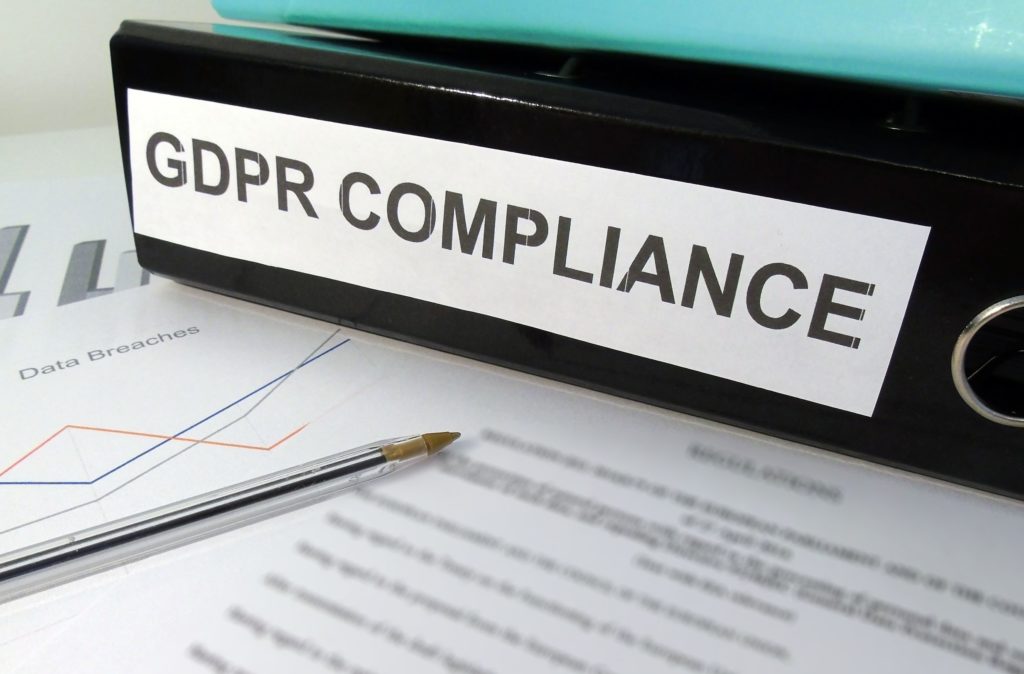 You’ll need to be very careful about how you store personal data if your company is based in Europe or handles EU citizens’ information. And it’s worth checking out a few of the more general points below as well.
You’ll need to be very careful about how you store personal data if your company is based in Europe or handles EU citizens’ information. And it’s worth checking out a few of the more general points below as well.
Under GDPR entities must notify authorities within 72 hours after becoming aware of a security breach involving sensitive personal data, so getting your processes right from day one will help you identify any errors before they have time to cause damage.
To be compliant under GDPR rules, companies must notify authorities within 72 hours after becoming aware of a security breach involving sensitive personal data. They also have responsibility for breaches themselves if those breaches cause damages such as financial loss or distress.
3. Avoid Spam Filters
You’ll want to avoid spam filters because if people don’t receive your email, then they won’t be able to click on the links you’re providing them.
In order to do this, marketers should avoid sending emails with attachments and also try not to use all caps in subject lines. Instead, it’s best for these messages to have a personalized greeting like “Hi! …” or even just their first name.
You’ll want to make sure that there are no duplicates of any link within an email either, as spam filters may interpret that as being another kind of duplicate content which will cause more problems for recipients who might end up getting blocked from receiving future communications if you continue doing this across multiple campaigns.
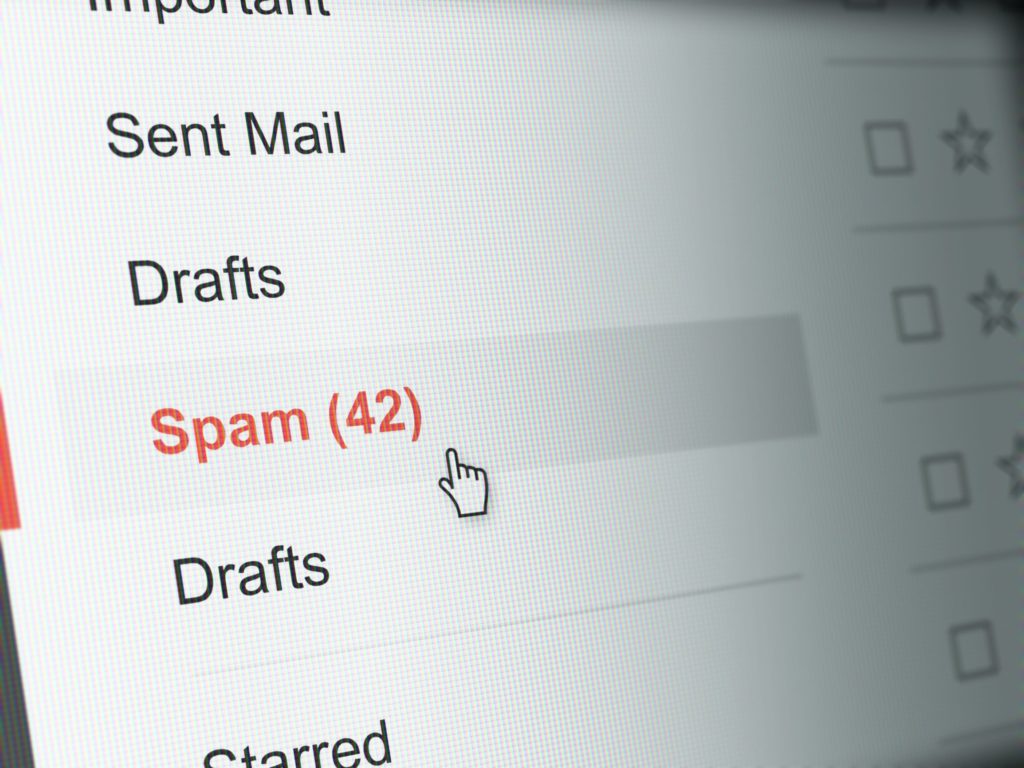 Getting whitelisted.
Getting whitelisted.
A whitelist is a list of email addresses that you allow to receive your messages. The majority of ISPs maintain whitelists for approved sending domains, but it’s also possible for marketers to create their own whitelist and request approval from the ISP in question before they send any campaigns.
Using a reliable email service provider.
Your email service provider’s reputation is paramount if you want to be seen as trustworthy by your subscribers and the ISPs that handle the delivery of your messages across the internet. If you don’t use an established, reputable company then it will likely take much longer for people on their whitelists to receive your emails because they’ll have to go through extra screening procedures before approving them.
Start Using Email Marketing Today
You’re now ready to include email marketing as part of your business. Not only will it help increase your brand awareness, but more importantly, it will also bring in more clients and sales. And if you’re looking for a custom-tailored email marketing strategy for your business, take advantage of our free strategy session call by clicking here.

